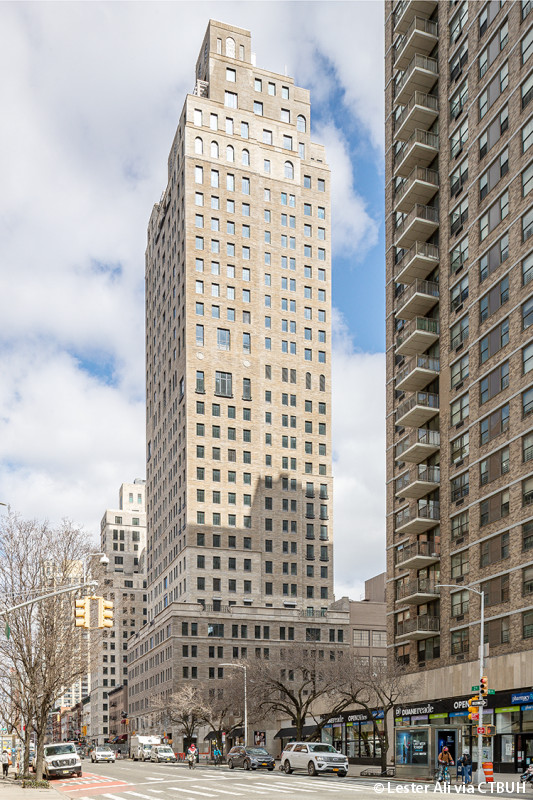Tall & Urban News
Construction Completes on Upper East Side Manhattan Tower

Construction is now complete on Beckford House and Beckford Tower, a pair of completed residential buildings in the Yorkville section of Manhattan’s Upper East Side. The 20-story, 215-foot-tall (65-meter-tall) Beckford House at 301 East 81st Street (also addressed as 1562 Second Avenue) and the 30-story Beckford Tower at 301 East 80th Street are designed by Studio Sofield and SLCE Architects and developed by Icon Realty Management, with CM & Associates in charge of construction. The site is located along Second Avenue between East 80th and 81st Streets.
New photographs show the completed look of the Brynne Brownstone and Indiana Limestone façades diffusing the light between the grid of windows, some of which feature ornate dark-colored railings. Several of the windows on the final floors are arched. A cornerstone at the southwestern edge of Beckford House bears the names of Icon Realty Management, Studio Sofield, and SLCE in capital letters. Even the back side of the building that faces to the north is well crafted rather than being left as a blank concrete wall. Next to the cornerstone shows available retail space for rent, measuring 2,227 square feet (206.8 square meters) on the ground floor and 1,614 square feet (149 square meters) in the cellar level.
Beckford Tower has a series of curved metal canopies for each of the ground-floor windows. The deep cornice around the multi-story setback has a number of circular motifs etched into the stone and metal railings, adding an extra depth to the quality of the work. Overall the architecture and design of each building contextually fits within the local neighborhood, evoking the classic and traditional New York residential style thanks to its setbacks, regard for detail, and choice of materials.
For more on this story, go to YIMBY.
Featured Buildings
Related News
Get the Latest News and Updates from CTBUH
Fields with an asterisk (*) next to them are required.
View our privacy policy



